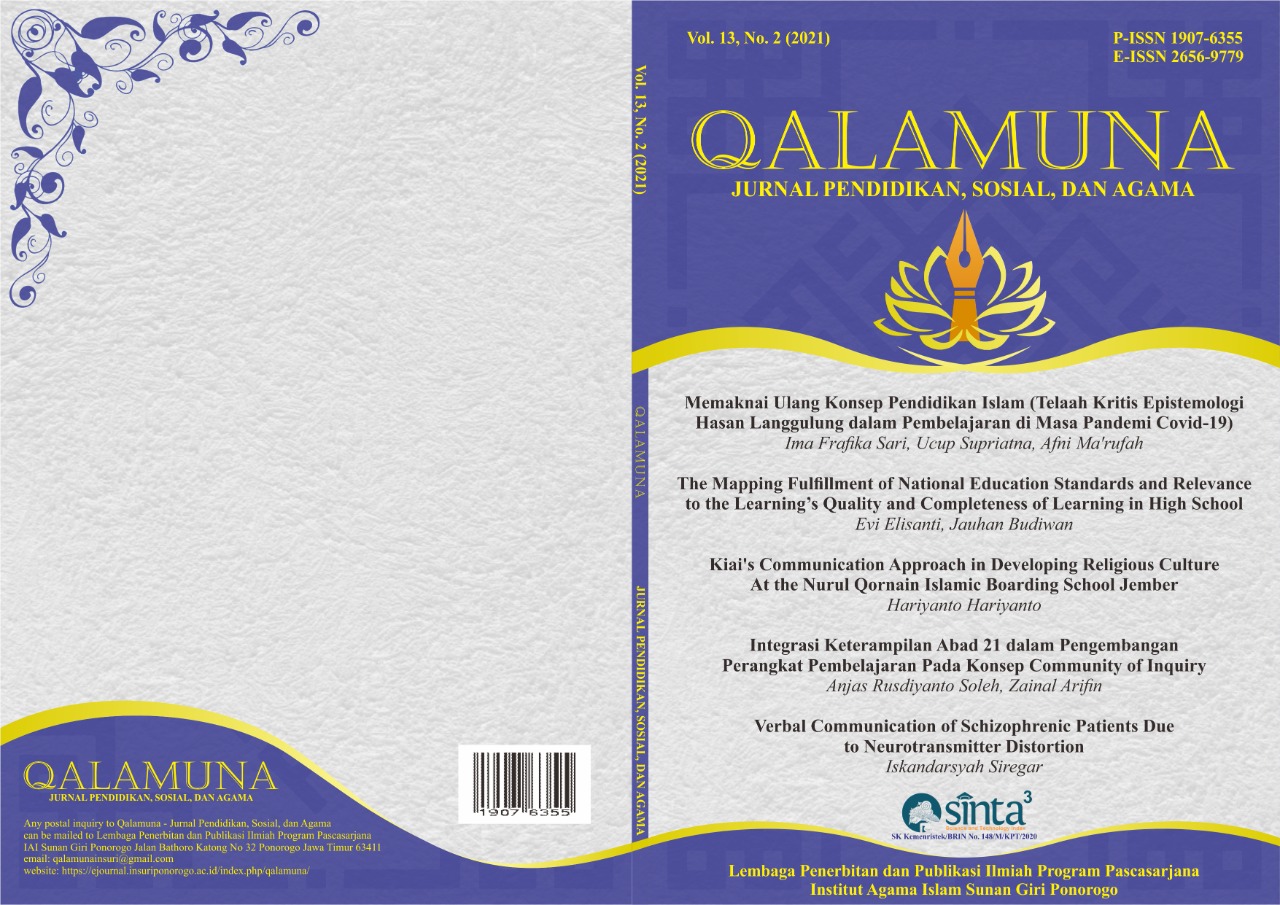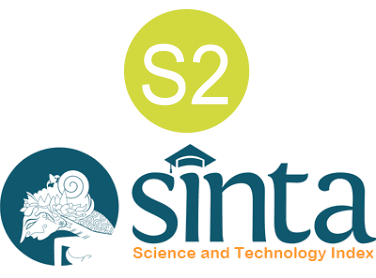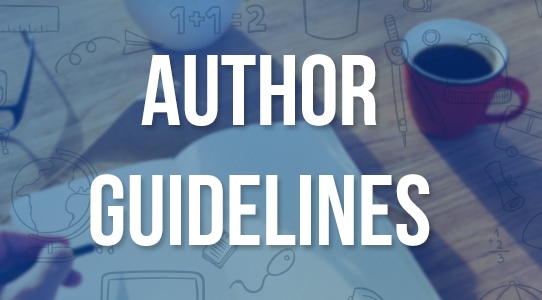Analisis Motivasi Belajar Siswa Kelas II Sekolah Dasar Negeri
DOI:
https://doi.org/10.37680/qalamuna.v13i2.1015Keywords:
Learning Motivation, Students, Elementary SchoolAbstract
This study aims to describe the learning motivation of students in class II SDN 016 Kopah Village. This type of research is descriptive qualitative research. The subjects of this study were second grade teachers and all second grade students at SDN 016 Kopah Village. Data collection techniques used are interviews, observation and documentation. The data analysis technique used the Milles and Huberman model with stages, data reduction, data presentation, and drawing conclusions. The results of the study indicate that the teacher always provides learning motivation to students during the learning process. given by the teacher, namely, 1) Praise Motivation, 2) rewards, 3) and the use of interesting activities during the learning process. Then, student motivation is divided into two, namely intrinsic motivation and extrinsic motivation. There are some students who are included in intrinsic motivation. Intrinsic motivation factors, namely, 1) the desire and desire to succeed, 2) the drive and need in learning, 3) the expectations and ideals, and 4) the appreciation in learning. The criteria for students who have extrinsic motivation are students who always need encouragement, praise and appreciation from the teacher. The conclusion of this study is, the learning motivation of second grade students of State Elementary Schools can be said to be good, seen from 13 students who have many intrinsic motivations in second grade students of SDN 016 Kopah Village.
References
Dafit, F., & Ramadan, Z. H. (2020). Pelaksanaan Program Gerakan Literasi Sekolah (GLS) di Sekolah Dasar. Jurnal Basicedu, 4(4), 1429–1437. https://doi.org/10.31004/basicedu.v4i4.585
Ena, Z., & Djami, S. H. (2021). Peranan Motivasi Intrinsik Dan Motivasi Ekstrinsik Terhadap Minat Personel Bhabinkamtibmas Polres Kupang Kota. Among Makarti, 13(2), 68–77. https://doi.org/10.52353/ama.v13i2.198
Hamdu, G., & Agustina, L. (2017). Motivasi1.Pdf. Pengaruh Motivasi Belajar Siswa Terhadap Pestasi Belajar Ipa Di Sekolah Dasar, 12(1), 90–96.
Literate, S., & Indonesia, J. I. (2020). View metadata, citation and similar papers at core.ac.uk. 2(1994), 274–282.
Manuhutu, S. (2015). Analisis Motivasi Belajar Internal Siswa Program Akselerasi Kelas Viii Smp Negeri 6 Ambon. PROMOSI (Jurnal Pendidikan Ekonomi), 3(1), 104–115. https://doi.org/10.24127/ja.v3i1.147
Maryam, M. (2016). Pengaruh Motivasi dalam Pembelajaran. Lantanida Journal, 4(2), 88–97. https://jurnal.ar-raniry.ac.id/index.php/lantanida/article/download/1881/1402%0Ahttps://media.neliti.com/media/publications/287678-pengaruh-motivasi-dalam-pembelajaran-dc0dd462.pdf
Maulana, F. (2015). Pengaruh Motivasi Intrinsik, Motivasi Ekstrinsik Dan Komitmen Organsasi Terhadap Kinerja Karyawan Pada Bank Btn Kantor Cabang Malang. Jurnal Administrasi Bisnis S1 Universitas Brawijaya, 22(1), 85893.
Nugroho, G. (2020). Analisis motivasi belajar siswa pada pembelajaran IPA di SDN 16/ii Sepunggur. Integrated Science Education Journal, 1(2), 67–71. https://doi.org/10.37251/isej.v1i2.67
Rini Kristiantari, M. (2015). Analisis Kesiapan Guru Sekolah Dasar dalam Mengimplementasikan Pembelajaran Tematik Integratif Menyongsong Kurikulum 2013. JPI (Jurnal Pendidikan Indonesia), 3(2), 460–470. https://doi.org/10.23887/jpi-undiksha.v3i2.4462
Risqi, H. B., Saleh, C., & Prihatini, D. (2006). Pengaruh motivasi intrinsik dan motivasi ekstrinsik terhadap kinerja melalui perilaku kerja karyawan honorer Hotel dan Pemandian Kebonagung Jember. Artikel Ilmiah Mahasiswa 2016. http://repository.unej.ac.id/bitstream/handle/123456789/78345/HIDAYAH BABUR RISQI.pdf?sequence=1&isAllowed=y
Sugiyono. (2017). Metode Penelitian Kuantitatif Kualitatif dan R&D. Alfabeta.
Wijayani, I., Haenilah, E. Y., & Sugiman, S. (2017). Hubungan Motivasi Belajar dengan Prestasi Belajar Siswa Kelas V. Pedagogi: Jurnal Pendidikan Dasar, 5(16), 3–7. http://jurnal.fkip.unila.ac.id/index.php/pgsd/article/view/13942
Downloads
Published
How to Cite
Issue
Section
License
Authors who submit manuscript retain its copyright and grant publisher right of first publication licensed under a Creative Commons Attribution-ShareAlike 4.0 International License (CC BY-SA 4.0) that allows others to access (search, read, download, and cite), share (copy and redistribute the material in any medium or format) and adapt (remix, transform, and build upon any material) the work for any lawful purpose, even commercially with an acknowledgement of the work's authorship and initial publication in Qalamuna: Jurnal Pendidikan, Sosial, dan Agama.












